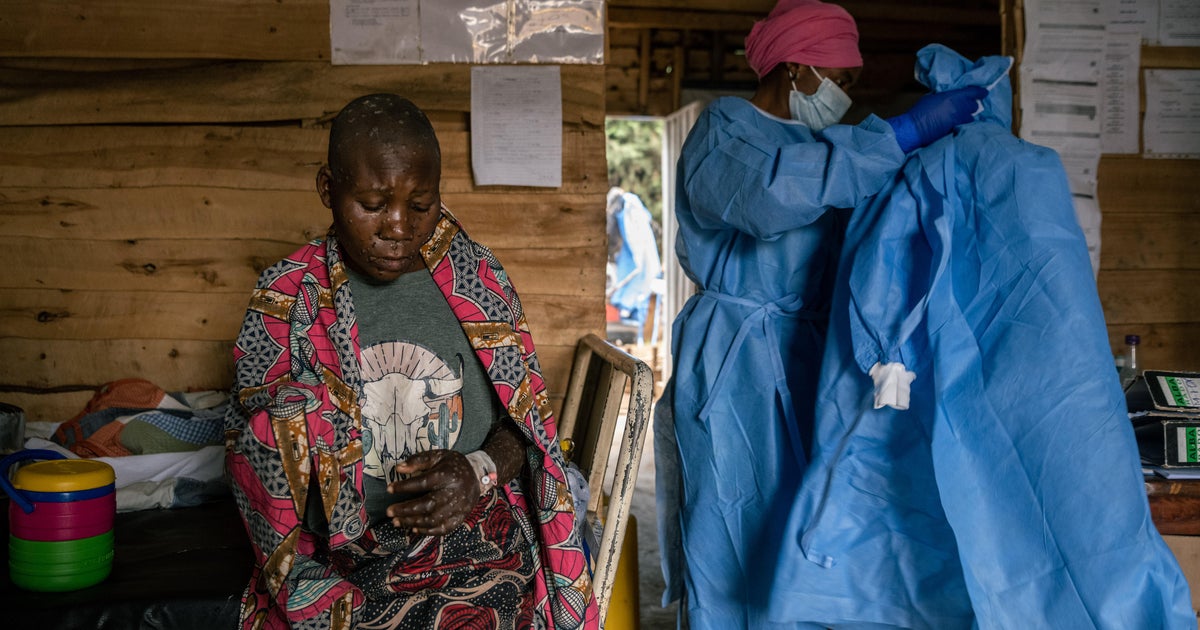Chandipura virus has a fatality of 56-75%
It is to be noted that in 2003-2004 similar outbreaks in Central India witnessed case fatality rates ranging from 56-75 per cent.
Chandipura virus was first identified in India in Maharashtra’s Nagpur district in 1965. Several outbreaks have been reported in Andhra Pradesh, Maharashtra, Odisha and Gujarat in the past.
Why is it difficult to identify the infection?
“Diagnosing CHPV can be challenging as it’s not routinely included in encephalitis syndrome screenings,” Indian Academy of Paediatrics (IAP) Chief Dr Vasant Khalatkar told TOI.
The disease affects mostly children under 15 years of age
Chandipura virus disease, primarily affecting children under 15 years of age, is a significant public health concern due to its potential for severe outcomes. The virus belongs to the Rhabdoviridae family and is transmitted primarily through sandflies, particularly Phlebotomus species. This disease is endemic in parts of India, with sporadic outbreaks reported mainly during the monsoon and post-monsoon seasons when sandfly populations peak.
Clinically, Chandipura virus disease manifests with a rapid onset of symptoms, including high fever, headache, convulsions, and altered sensorium. These symptoms can progress rapidly to neurological complications such as seizures, coma, and even death, making early diagnosis and prompt medical intervention crucial. The mortality rate among affected children can be alarmingly high, especially in areas with limited access to healthcare facilities and resources.
Dengue: Early signs and preventive measures to stay safe
Since early June 2024, cases of Acute Encephalitis Syndrome (AES) have been reported in children under 15 years of age in Gujarat. As of July 20, 2024, a total of 78 AES cases have been reported, with 75 from 21 districts/corporations in Gujarat, 2 from Rajasthan, and 1 from Madhya Pradesh. Of these, 28 cases have resulted in death. Among the 76 samples tested at NIV Pune, 9 have been confirmed positive for Chandipura Virus (CHPV). All 9 CHPV-positive cases and 5 associated deaths are from Gujarat.
Preventive measures
Staying safe from Chandipura virus primarily involves preventive measures focused on avoiding sandfly bites, the primary mode of transmission. Residents in endemic areas, particularly during peak transmission seasons like the monsoon and post-monsoon periods, should use insect repellents containing DEET, wear long sleeves and pants, and use bed nets treated with insecticides. Additionally, reducing outdoor activities during dusk and dawn, when sandflies are most active, can minimize exposure. Community-wide efforts such as insecticide spraying to control sandfly populations and improving awareness about symptoms for early medical intervention also play critical roles in preventing the spread of Chandipura virus.
(With inputs from PTI)















































